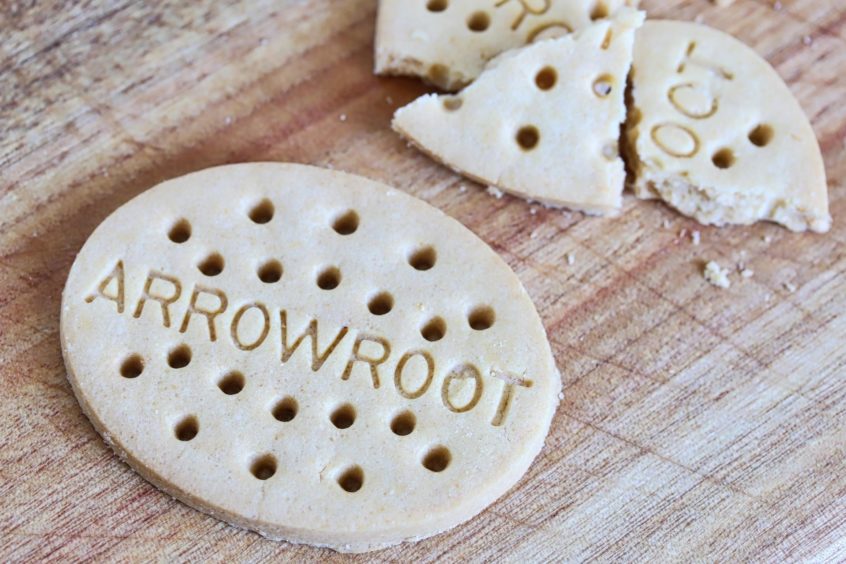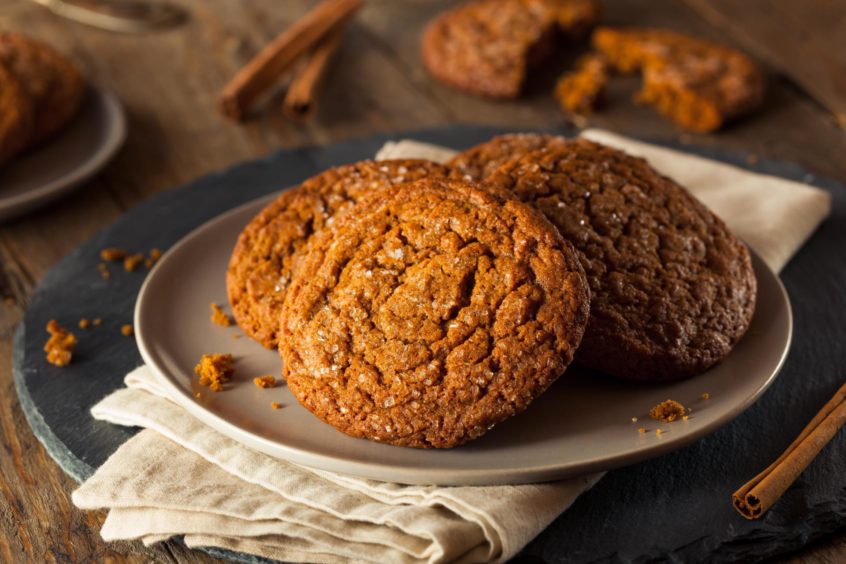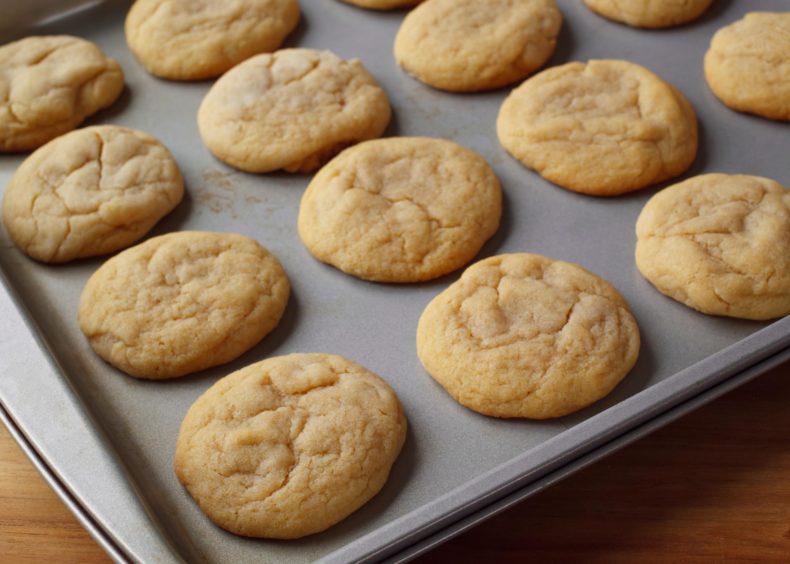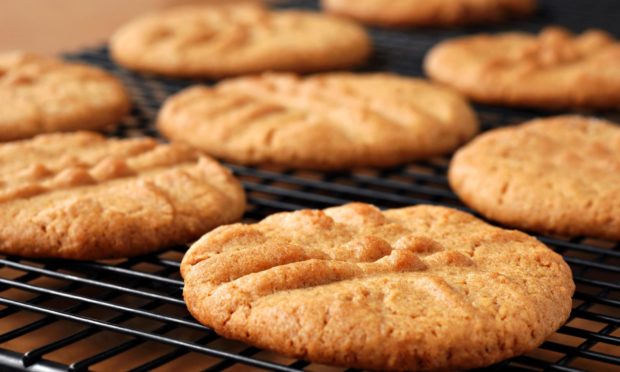Arrowroot, ginger and coffee biscuits are making a comeback with these three recipes.
In previous weeks we have featured several of Aunt Kate’s recipes from her 1933 baking book, but did you know the “original domestic goddess” wrote a cookery book in 1910 as well?
Despite the majority of the book being more about cooking, a few recipes for making sweet treats and baked goods still appear, such as these biscuit ones below.
If you fancy bringing some of Aunt Kate’s recipes into the 21st Century then be sure to give these a go. Or, why not try your hand at pancakes, scones or some easy muffins?
Arrowroot biscuits

Ingredients
- 6 oz (170g) arrowroot
- 6 oz (170g) butter
- 4 eggs
- ½ lb (approx 225g) flour
- ½ lb (approx 225g) powdered loaf sugar (modern-day icing sugar)
Method
- Beat the butter to a cream and whisk the eggs to a stiff froth. Add them to the butter, stir in the flour a little at a time and beat the mixture well.
- Break down all the lumps from the arrowroot and add that with the sugar to the other ingredients.
- Mix all well together, then cut the dough into circles or ovals and bake them for about 15 minutes in a slow oven (approx 150C).
- If the whites of the eggs are separated from the yolks, and both are beaten separately before being added to the other ingredients, the biscuits will be much lighter.
Ginger nuts
Aunt Kate came from and wrote recipes for big families and so this recipe will make probably a lot more ginger nuts than you will ever need! Half or reduce the amount depending on how many you need.

Ingredients
- 1¾ lb (approx 800g) flour
- ¼ oz (approx a teaspoon) cream of tartar
- 14 oz (approx 400g) fine oatmeal
- ½ oz (approx 15g) bicarbonate of soda
- ½ lb (approx 225g) fat (e.g. butter or lard)
- ¾ lb (approx 340g) brown sugar
- 1½ lb (approx 680g) treacle
- 1 oz (approx 28g) ground ginger
- ½ oz (approx 14g) spice (e.g. cinnamon)
Method
- Sieve the flour, oatmeal, ginger, spice and powders well together and rub in the fat.
- Add sugar and mix to form a nice dough, along with the treacle.
- Roll the dough out to about an eighth of an inch thick, then cut it out with a round cutter.
- Put them on a baking tray, wash them with some milk and bake in a moderate oven (approx 180-190C).
Biscuits for your coffee

Ingredients
- ½ lb (approx 225g) flour
- 2 oz (approx 55g) sugar
- ¼ lb (appprox 115g) butter
- ½ tsp baking powder
- 1 egg
- 1 tsp milk
Method
- Work the butter into the flour and sugar, add the baking powder, then work up with the egg and milk until the dough is very smooth.
- Cut them out, stamp (optional) and bake until they are a yellowy colour in a rather quick oven (approx 205C).
- Great care must be taken, however, as they burn easily at the edges in a small oven.
- These are delicious biscuits, and can be iced in any way desired.
More in this series…
